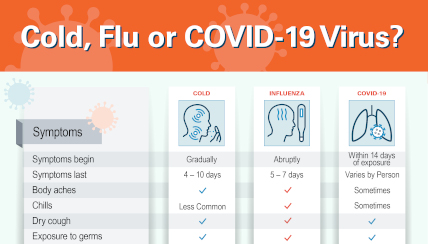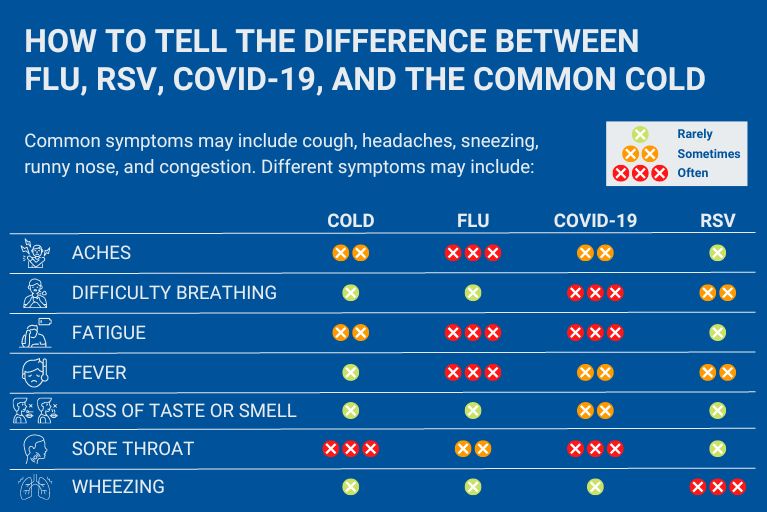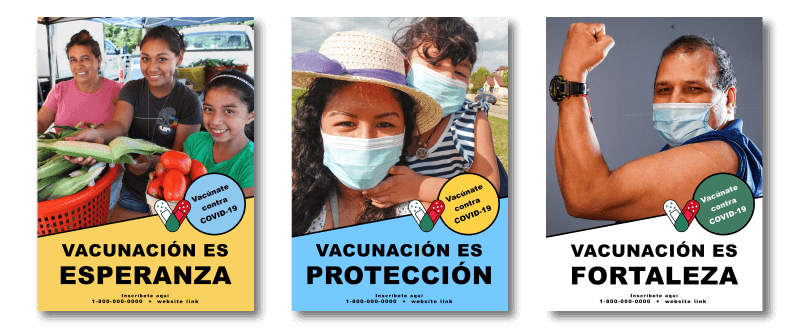As I reflect on my journey as a healthcare advocate, I've come to realize that managing symptoms and supporting recovery require a multifaceted approach. From my perspective, it's essential to consider the whole person - body, mind, and spirit - when navigating the recovery process. I recall a situation where a close family member was struggling to recover from a debilitating illness, and it was clear that a holistic approach was necessary to support their healing. By incorporating rest, hydration, and a balanced diet, we were able to alleviate their symptoms and promote a smoother recovery.
One of the most critical components of this approach is staying hydrated. The National Institutes of Health recommend drinking plenty of fluids, such as water, clear broths, or electrolyte-rich beverages, to help alleviate symptoms. I've seen firsthand the impact that dehydration can have on the body, and it's astonishing how quickly it can exacerbate symptoms. To prioritize hydration, consider the following:
- Drink at least 8-10 glasses of water per day
- Incorporate electrolyte-rich beverages, such as coconut water or sports drinks, to replenish lost salts
- Avoid caffeinated or carbonated drinks that can exacerbate dehydration
In addition to hydration, a balanced diet plays a vital role in supporting recovery. A well-nourished body is better equipped to fight off infection and promote healing. I believe that it's essential to focus on whole, nutrient-dense foods, such as fruits, vegetables, whole grains, and lean proteins. Here are some key nutrients to prioritize:
| Nutrient |
Food Sources |
Benefits |
| Vitamin C |
Citrus fruits, berries, leafy greens |
Boosts immune function, reduces inflammation |
| Protein |
Lean meats, fish, eggs, legumes |
Supports tissue repair, promotes satiety |
| Omega-3 fatty acids |
Fatty fish, flaxseeds, walnuts |
Reduces inflammation, promotes heart health |
By prioritizing self-care and seeking support from loved ones or healthcare professionals, individuals can better navigate the recovery process and reduce the risk of complications. I've seen many people struggle to ask for help, but it's essential to remember that recovery is not a solo journey. In my view, it's crucial to surround yourself with a supportive network of people who can provide emotional, practical, and emotional support. As you embark on your own recovery journey, remember that it's okay to ask for help, and don't be afraid to take things one step at a time - with patience, self-care, and the right support, you can overcome even the most daunting challenges, and emerge stronger, wiser, and more resilient than ever before.





